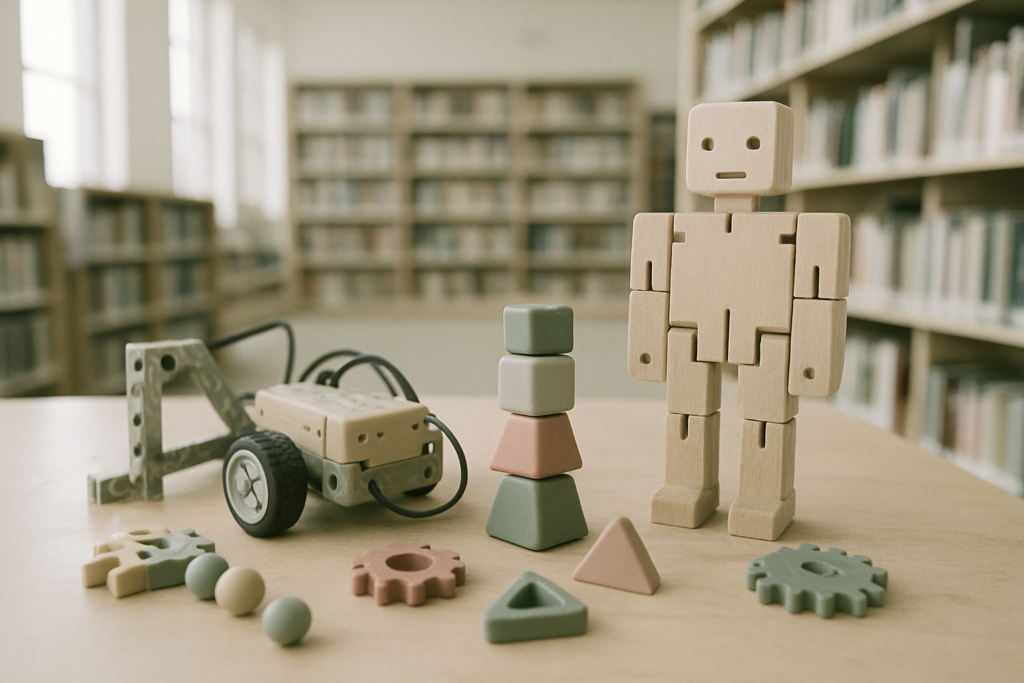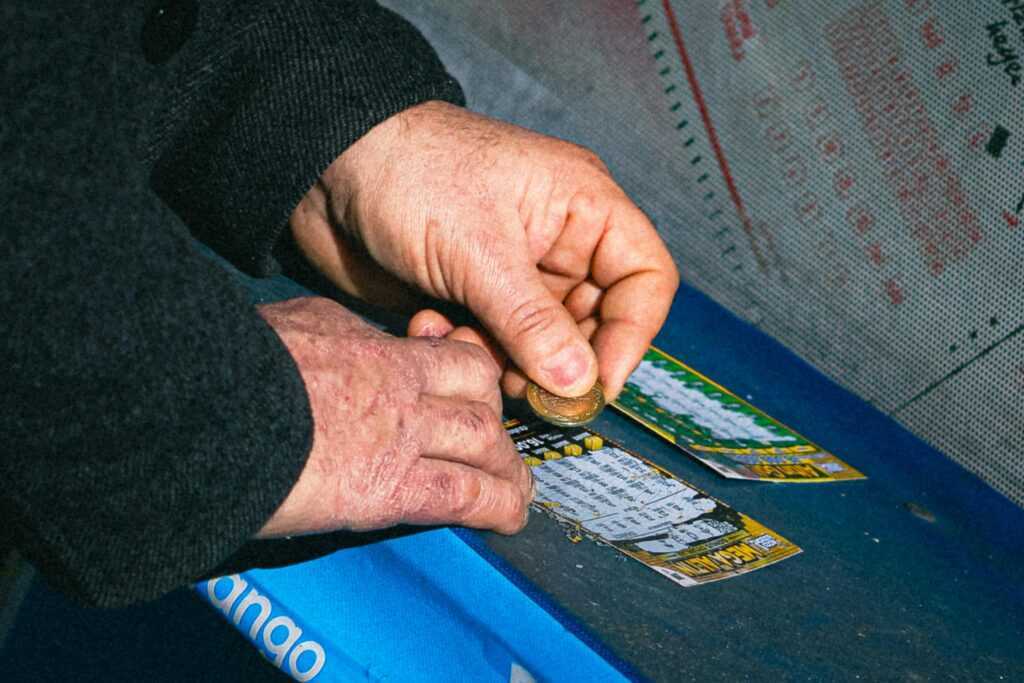Understanding the Intersection of STEM Education and Gaming
STEM educational games blend learning with play to enrich children’s skills. They foster an engaging environment where kids develop competencies in science, technology, engineering, and math.
Benefits of Integrating Gaming in STEM Learning
- Enhanced Problem-Solving Skills: Interactive games encourage critical thinking by presenting players with challenges that need solutions. For instance, games like “Minecraft” promote strategic planning and resource management.
- Improved Engagement: Kids find learning more enjoyable through games. Educational platforms like “Scratch” teach coding by allowing children to create their own games or animations.
- Real-World Applications: Games simulate real-life scenarios. “Kerbal Space Program” lets players experiment with aerospace engineering in a virtual setting.
- Collaboration and Communication: Multiplayer games necessitate teamwork. “Roblox” involves cooperative problem-solving and communication among players.
- Accessible Learning: Gaming provides an approachable way to understand complex STEM concepts. For example, “DragonBox” demystifies algebra for younger kids.
- Screen Time Management: Excessive gaming can affect health. Monitoring screen time ensures a balanced routine, mitigating the risk of overuse.
- Content Appropriateness: Not all games suit every age. Parents must vet games, opting for titles with educational value and age-appropriate content.
- Cost Factors: High-quality educational games sometimes have costs. Budgeting allows for investment in tools that benefit children’s education without financial strain.
- Diverse Learning Styles: Not all children learn best through gaming. Parents should recognize individual learning preferences, integrating games as one of multiple educational tools.
- Cybersecurity: Online games pose risks. Parents need to ensure safe online practices, keeping personal information protected and interactions properly monitored.
By understanding and addressing these aspects, parents can effectively incorporate gaming into their children’s STEM education, making learning both fun and productive.
Key Components of Effective STEM Gaming
Effective STEM gaming incorporates various elements, making the learning process both enjoyable and educational. Below are key points that can help you select the best STEM games for your children.
Educational Games That Enhance STEM Skills
Games that successfully enhance STEM skills cover science, technology, engineering, and math topics.
For instance, games like “Kerbal Space Program” teach physics and engineering as players build and manage space missions.
“Minecraft: Education Edition” offers lessons in coding, math, and science through interactive blocks and worlds.
CodeCombat – helps children learn programming concepts by navigating characters through levels using code. Each of these games provides opportunities to develop problem-solving and critical-thinking abilities.
Features to Look for in STEM Education Games
When selecting STEM education games, consider the following features to ensure they align with educational goals:
- Curriculum Alignment: Look for games aligning with educational standards, ensuring they reinforce what children are learning in school.
- Engaging Content: Select games with captivating visuals and interactive content that can hold children’s attention.
- Adaptive Learning: Choose games offering personalized challenges to match each child’s learning pace and level.
- Feedback and Assessment: Opt for games that provide instant feedback and track progress, helping you identify strengths and areas needing improvement.
- Collaboration Opportunities: Consider games allowing multiplayer options or collaborative problem-solving, enhancing communication and teamwork skills.
By focusing on these components, you can make better choices about which STEM games will provide the most educational value for your children.
How to Choose the Right STEM Games for Your Child

Selecting the right STEM games for your child is crucial. Consider several factors to ensure the game aligns with educational goals and fosters a love for learning.
Age Appropriateness and Educational Content
Ensure the STEM game matches your child’s age and cognitive abilities. Check game ratings and reviews to verify suitability for your child’s developmental stage.
For example, younger children may benefit from games focusing on basic math and science concepts, like counting and simple experiments.
Older children might enjoy more complex games that involve coding, physics, or advanced problem-solving tasks.
Look for games with strong educational content. Verify that the game offers accurate and up-to-date information in science, technology, engineering, and math.
Consult resources like Common Sense Media or educational blogs for recommendations.
The game should accomplish specific learning objectives, such as enhancing math skills or understanding scientific principles through interactive experiments.
Balancing Screen Time and Learning
Be mindful of how much time your child spends on screens. Incorporate STEM games into a balanced schedule.
Establish clear guidelines for screen time to ensure your child also engages in physical activities and offline learning.
For instance, limit gaming to one hour daily on weekdays and two hours on weekends, consistent with the American Academy of Pediatrics’ guidelines.
Select games promoting active engagement and critical thinking.
Games should challenge your child mentally and encourage problem-solving, rather than passive play.
Use screen time tracking tools to monitor usage, and adjust limits as needed to maintain a healthy balance between educational gaming and other activities.
By focusing on age-appropriate and educational content while balancing screen time and learning, you can choose STEM games that enrich your child’s educational journey.
Implementing STEM Gaming in Everyday Learning
Integrating STEM gaming into everyday learning enhances children’s skills in a fun way. Here are some practical strategies to seamlessly integrate these games at home.
Tips for Integrating Educational Games at Home
- First, identify games that align with specific STEM subjects. Choose ones that cover areas like math, science, and coding. For example, games like “Minecraft: Education Edition” and “Scratch” offer excellent educational value in these fields.
- Second, create a scheduled playtime for these games. Allocate specific periods in the day or week dedicated to STEM gaming. Consistent practice ensures children immerse in educational content regularly.
- Third, combine gaming with hands-on activities. Complement virtual learning with physical projects. For instance, after playing a coding game, let kids build a simple robot using a kit.
- Lastly, involve yourself in the gaming process. Playing together increases engagement and understanding. It also creates opportunities for discussion and reinforcement of concepts learned in the game.
Monitoring Progress and Engagement
Track your child’s progress through in-game reports and milestones. Many educational games offer built-in tracking features. For instance, “Adventure Academy” provides progress reports on various subjects.
Observe your child’s engagement levels. Ensure they remain excited and interested. If a game seems too easy or too hard, adjust the difficulty or find an alternative. Engaged children learn more effectively.
Encourage reflection after each gaming session. Ask questions about what they learned, difficulties faced, and how they solved problems. This reinforces learning outcomes and builds critical thinking skills.
By strategically integrating STEM games and monitoring progress, parents can turn gaming into a powerful educational tool.



